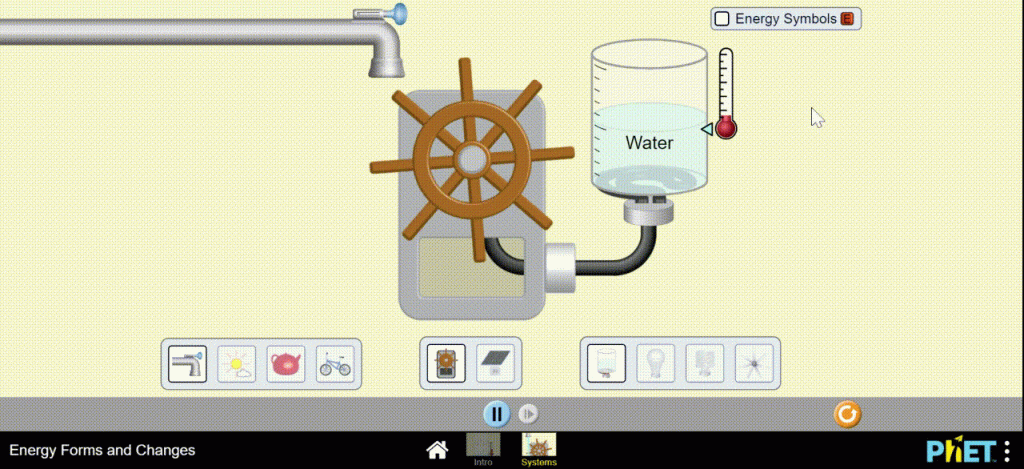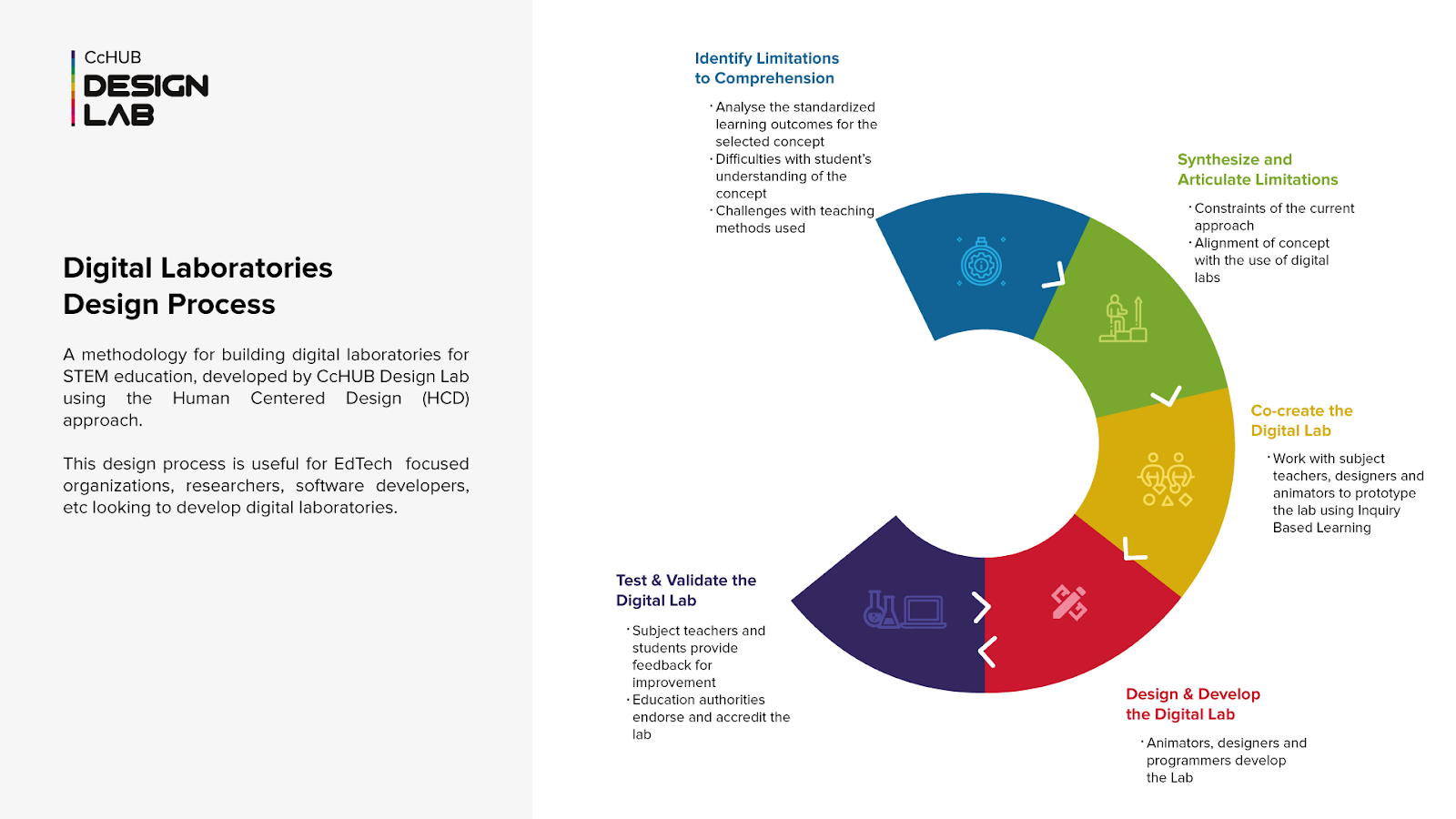African countries face significant obstacles in educating their youth. Today, Sub-saharan Africa has the largest number of out-of-school children in the World with 21% of primary school aged children and 37% of lower secondary school children are out of school. More than half of upper secondary school aged children in Sub Saharan Africa do not have access to education.
According to Unesco, if Africa is to achieve the 2030 Goal of Quality education for all, 19.6 million trained teachers are needed on the continent by 2030, that is an average of 1.2 million annually. The problem of teacher shortage is compounded by the fact that Africa is home to the fastest growing school-age population, globally. With more than 60% of its population under the age of 25, sub-Saharan Africa is already the world’s youngest region today, and by 2030, will be home to more than one-quarter of the world’s under-25 population.
Harnessing the power of Africa’s booming youth requires deep investment in reducing barriers to quality education and bridging gaps. One area where this is clear is Science, Technology, Engineering and Mathematics (STEM) Education. STEM education is the bedrock of innovative and highly productive future workforces, integral to the economic development of the continent.
In line with this, the African Union Agenda 2063, identifies one of its goals as raising well educated citizens and skills revolution underpinned by Science, Technology and Innovation.
According to an article by CEMASTEA (Centre for Mathematics, Science and Education Technology Education In Africa) this goal can be achieved, however, there must be a concerted effort to reform African Countries Curricula and related implementation practices at classroom level. The article also addresses an essential point on the effect of the current content on students’ level of comprehension and real world applicability.
This points to a key challenge facing STEM education in Africa – the lack of interactive and engaging content to facilitate 21st century learning. Our curriculum in these subject areas are often overloaded with facts and information at the expense of concentration on ‘big ideas’ and key concepts. This affects students comprehension and potential to take up STEM related careers in the future.
As content is the primary medium for facilitating learning outcomes in these areas, it is pertinent that it aligns with global standards, the dynamic environment, industry trends as well characteristics of 21st century learners.
Over the years, in re:learn by CcHUB’s work transforming STEM education in Nigeria, we have introduced the use of Digital Labs as an effective solution to address the above listed challenges.

Digital Labs are gamelike tools that simulate science concepts, helping students interact with erstwhile abstract and theoretical learnings in a fun and interactive way.
The image above is from a simulation that teaches Energy Forms and Changes, demonstrating the First Law of thermodynamics that states “Energy can neither be created nor destroyed but can be converted from one form to another”. By interacting with this digital lab, students are able to build their energy system, track and visualize how energy flows as well as changes through the system. Digital labs, encourage scientific inquiry and student agency, visualizes the invisible, provides interactivity and uses real world connections.
While they are not meant to replace physical laboratories, digital laboratories offer a whole new set of possibilities and options to overcome our most persistent challenges with students learning experiences and learning outcomes.
| Challenge | Physical Labs | Digital Labs |
| Cost (set up and maintenance | High cost to setup and maintain supplies | Relatively cheap, one off cost |
| Time saving | Pre-session preparation and post session clean up or store away | Oneoff preparation time required, (no clean up or store away) |
| Waste management | Spills and waste | No waste, no consumption of chemicals |
| Accessibility | Geographic constraints | Anytime, anywhere access with online and offline option |
| Supply | Depletable material | Easily repeatable |
Over the past 3 years, re:learn has used these digital labs to promote improved learning outcomes for STEM subjects students in schools across Nigeria and parts of Africa with two major projects:
STEM Club funded by the MacArthur Foundation
This project ran as a pilot in 3 Nigerian states (Lagos, Jigawa and Kano) with 20 schools and 700 students in year 10. Digital Labs that aligned to the curriculum for Physics, Chemistry, and Biology were curated and a team of trained educators worked with teachers to reinforce classroom learning of these concepts using the labs.
Teachers reported the following outcomes according to the end of project survey conducted.
- Students became more interested in science and had increased confidence in asking questions in class as well as taking tests and exams.
- Students demonstrated a better understanding of topics/concepts taught during the STEM Club sessions.
- Students prefer the STEM club method and would like this to be used in the traditional classroom.
GO-GA (Go-Labs goes Africa) funded by the European Commission.
The project, currently ongoing in Benin, Kenya and Nigeria, provide teachers with a repository of over 500 digital laboratory (Golabz.eu) as well as an authoring tool to create digital versions of their lesson ( Inquiry Learning Spaces). The project will train over 120 Master teacher who in turn will train and mentor their peers on the use of digital labs.
While there are hundreds of free/paid, offline/online digital labs that can be curated for use in STEM education, a limited number align with African curriculum, use examples that are contextually relevant and are available offline. Feedback from teachers and results from project evaluations reveal that students benefit from the use of digital labs, however to see a significant impact on learning outcomes, we need to have a lot more labs, at least 1 per topic, per subject for all levels of upper secondary.
Beyond the number of labs available, there is a need to ensure that examples align with real-life scenarios within the african context. For example, our students would find it difficult to relate with a lab that teaches Natural Selection in biology using bunny rabbits and wolves in a snow-covered environment, as they have never seen these before. If our goal for introducing interactive and engaging content in classrooms is to empower our students with the skills required to drive innovation and solve Africa’s most pressing problems, it is pertinent that they engage with real-life scenarios from the onset.
In addition, these labs need to be accessible offline, as there is still limited availability of internet in most schools across Africa. In cases where internet exists, it is usually slow and this affects the quality of the learning experience for the students.
As a first step on our journey to addressing these challenges, which is without a doubt a daunting task, re:learn in partnership with the CcHUB Design Lab has developed a methodology for the creation of digital labs as described in the image below.

The uniqueness of this methodology lies in its direct engagement with key education stakeholders (teachers and students) across each phase as well as an infusion of Inquiry Based Learning. Over the next few months, we will be applying this methodology to develop a series of digital labs that address the above listed challenges, and are suitable for use in classrooms across Africa.

